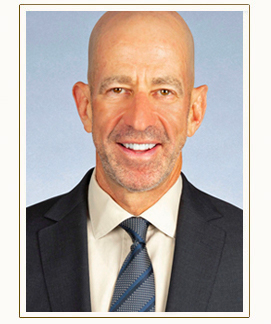Medicare Advantage plans are used by more than 16 million elderly and disabled people. The system, an alternative to traditional Medicare, allows private insurers to manage health care benefits.
Reimbursement rates for insurers are announced by the government each April, allowing health insurance companies to plan which options to provide and in which areas to compete. The increase comes after Medicare Advantage payments had been cut for several years in a row, due to changes under the Affordable Care Act and declining spending on health care costs. The government said that the increase in payments was in response to expected growth in health care spending.
Payments that the U.S. government makes to health insurance companies operating Medicare Advantage plans will go up by 1.25 percent in 2016, a division of the U.S. Department of Health and Human Services announced. In February, the government proposed a 0.95 percent cut in payments to insurers.
The increase is good news for insurers, and perhaps for health care consumers as well. Health insurance companies had warned that cuts in payments could harm the elderly, because fewer insurers would find it profitable to compete in the marketplace, reducing consumer choice.
People who are eligible for Medicare have the opportunity to switch from original Medicare to a Medicare Advantage plan, or vice versa, or switch from one Medicare Advantage plan to another, during the open enrollment period from October 15-December 7.





